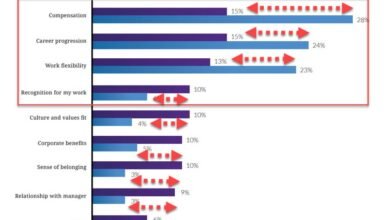
By | Taylor Haskings
Whether you’re involved in produce or protein, your food processing company has to follow many restrictions and meet many requirements to keep you safely in compliance. All of these requirements can increase your costs. Keeping the costs you can control will boost your profitability and allow you to expand your business more quickly.
Consolidate And Control Transport
If you have a regular route of deliveries from farm to processing, it may make sense to increase the size of the shipping container for bigger batches. It may also make sense to look for closer suppliers, though such changes will take a great deal of planning.
You may also be ready to invest in your own trucks. Depending on the product that you’re hauling, the risk of any form of contamination in a contracted truck can give your business a black eye. If you have the chance to expand, take a hard look at options that will allow space for fleet vehicle storage or parking spots for large rigs.
Reduce Utility Costs
For food processors who have a sizable window on temperature safety, investing in food processing equipment that includes a thermal jacket could reduce utility costs. Of course, you will need to determine how long it takes for your investment to pay back.
You could approach your utility savings goals from multiple directions. For example, if you are based in a state that offers credits for solar investment, consider adding solar to your building or your parking lots. There may be some downtime as these connections are made; perhaps you could install a solar upgrade while the warehouse interior is painted or the concrete floor is re-sealed.
Increase Control Of Batch Size
Any food waste in your food processing business costs more than double. You have to pay for it coming in, you have to handle it in your facility, and you have to pay to discard it.
Careful control of batch sizes coming in can lower your risk of paying these extra waste fees. If you clean and wrap produce for delivery to grocery stores, consider upgrading your transport vehicles with scales to lower the risk that you will bring in more products than you can package in a timely way.
Make sure you are also connected with the USDA for ways to safely donate fresh produce as soon as you’ve done a production run. At the end of a shift, you may be able to quickly move any unpackaged food for donations at local food banks and shelters. Of course, all of these donations will need to be weighed and documented for tax purposes.
Plan For Maintenance Downtime
In addition to upgrading your facility, take the time to set up a regular maintenance check on all of your machinery. If you are baking bread, make sure that all
- mixer motors are regularly greased with the appropriate product after cleaning
- shafts are straight, so there is no risk of the bowl or motor damage
- bowls are properly turned and secured before the next shift
Those who process and handle raw meats will need even more time for cleaning and maintenance. Because food processing is such a hands-on process in many regions, the safety and security of your employees are directly tied to your maintenance of the tools they use.
If you’re running three shifts in food processing, discuss the best time for maintenance breaks with your shift managers and your maintenance teams. There are checks that can be done in just a few minutes or after the cleaning requirements have been met. Be sure to document these maintenance checks along with your cleaning records should you need to prove anything to an inspector.
Synchronize Your Tools
If your business is packaging up blended products or mixes, do your best to combine tasks. For example, if you need to heat treat a grain to put together a packaged rice meal mixture, talk with your engineers about the best option for
- weighing the raw rice after heat treating
- confirming the temperature met in the process
- weighing the spice mix before adding it to the cooled rice
All of these can be taken care of automatically before the box is sealed. Each step may require a bigger investment in your machinery, but the payback for these changes will be constant.
Everyone has got to eat. The more you can cut costs and still deliver a healthy, consistent product, the better off your business will be. Simplify and combine processes to remain compliant and still cut costs.






